Out of all the best Places to visit in Kerala, the Silent Valley National Park remains a hidden gem, perfect for an offbeat escape from bustling city life. Nestled amidst the scenic Western Ghats, you can immerse yourself in the amazing landscapes and lush rainforests of Silent Valley, where harmony meets supreme, and every moment is a testament to the profound beauty of nature.
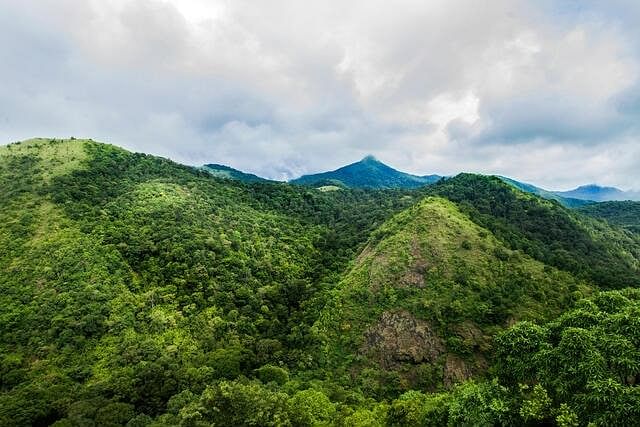
Table of Contents
Table of Contents
- What Makes Visiting a Silent Valley In Kerala Worthwhile?
- Undisturbed Tropical Rainforest:
- Rich Biodiversity:
- Endemic Species Conservation:
- Critical Habitat Protection:
- Scenic Beauty and Natural Wonders:
- Cultural and Historical Significance:
- Trekking in Silent Valley National Park
- 1. Sairandhri Trail:
- 2. Poochipara Trail:
- 3. Mukkali to Silent Valley Trek:
- Other Things To Do in Silent Valley in Kerala
- 1. Wildlife Encounters:
- 2. Guided Treks:
- 3. Nature Interpretation Centers:
- 4. Nature Sketching and Painting Workshops:
- 5. Environmental Talks and Seminars:
- 6. Traditional Cultural Performances:
- 7. Eco-friendly Accommodations:
- 8. Volunteer Conservation Projects:
- 9. Adventure Photography Expeditions:
- 10. Night Camping and Nature Immersion:
- Step-by-Step Guide to Visit the Silent Valley National Park
- 1. Your Trip:
- 2. Obtain Necessary Permits:
- 3. Travel to Palakkad District:
- 4. Reach Mukkali:
- 5. Entry Point Formalities:
- 6. Accommodation Options:
- 7. Guided Tours and Activities:
- 8. Respect Park Regulations:
- 9. Enjoy Your Experience:
- “Best Time to Visit in kerala”: Making the Most of the Season
- Post-Monsoon Season (September to March):
- Weather:
- Pre-Monsoon Season (April to June):
- Weather:
- Monsoon Season (July to August):
- Weather:
- Location and How To Reach Silent Valley In Kerala?
- Geographic Coordinates and Biosphere Reserve
- What Makes Silent Valley National Park So Exceptional?
- Preserving the Ecological Gem: Silent Valley’s Vital Role
What Makes Visiting a Silent Valley In Kerala Worthwhile?

Undisturbed Tropical Rainforest:
- Silent Valley is celebrated for being one of the last remaining tracts of undisturbed tropical rainforest in the Western Ghats, a biodiversity hotspot recognized globally for its rich ecological diversity.
- The park’s pristine rainforest environment remains largely untouched by human activities, providing a sanctuary where rare and endemic plant and animal species thrive in their natural habitats.
Rich Biodiversity:
- The park boasts an incredible diversity of flora and fauna, with thousands of plant species, including rare orchids, medicinal plants, and endemic tree species.
- Silent Valley is home to a wide variety of wildlife, including several endangered and endemic species. Notable fauna includes the lion-tailed macaque, Nilgiri langur, Malabar giant squirrel, Indian elephant, Bengal tiger, Indian bison (gaur), and numerous bird species.
Endemic Species Conservation:
- Silent Valley National Park plays a crucial role in conserving and protecting endemic species that are unique to the Western Ghats region. These species have evolved over millions of years in isolation, making them highly specialized and adapted to the local ecosystems.
- By safeguarding habitats within the park, Silent Valley contributes significantly to the conservation of endemic species’ genetic diversity and ecological functions, ensuring their survival for future generations.
Critical Habitat Protection:
- The park’s rugged terrain, steep slopes, and dense vegetation act as natural barriers, limiting human encroachment and habitat destruction. This protection is vital for maintaining critical habitats for vulnerable and endangered species, allowing them to thrive and fulfill their ecological roles within the ecosystem.
- Silent Valley’s intact habitats also support essential ecological processes such as pollination, seed dispersal, nutrient cycling, and water regulation, contributing to the overall health and resilience of the Western Ghats landscape.
Scenic Beauty and Natural Wonders:
- Beyond its ecological significance, Silent Valley National Park captivates visitors with its breathtaking landscapes, scenic waterfalls, meandering rivers, and lush greenery. The park’s picturesque beauty attracts nature enthusiasts, photographers, and tourists seeking to immerse themselves in nature’s tranquility and splendor.
- Iconic attractions within the park include the Sairandhri Falls, Kuntipuzha Falls, Kunthipuzha River, and panoramic viewpoints that offer sweeping vistas of the surrounding rainforest-clad mountains.
Cultural and Historical Significance:
Suggested reads- Hidden Gems: 10 Unconventional Kerala Backwaters
Trekking in Silent Valley National Park
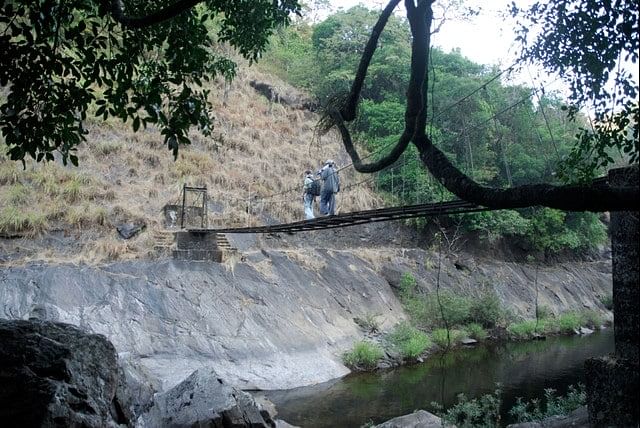
The park has several well-defined trekking trails with varying degrees of difficulty and duration. These trails wind through dense tropical rainforests and along gushing streams, leading to captivating viewpoints with breathtaking views of the surrounding wilderness.
1. Sairandhri Trail:

2. Poochipara Trail:
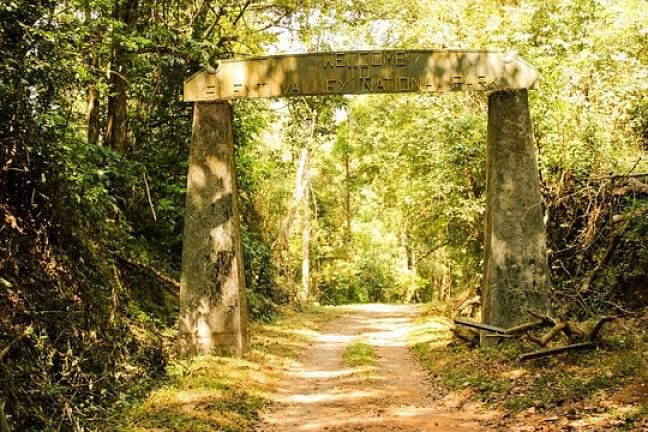
3. Mukkali to Silent Valley Trek:
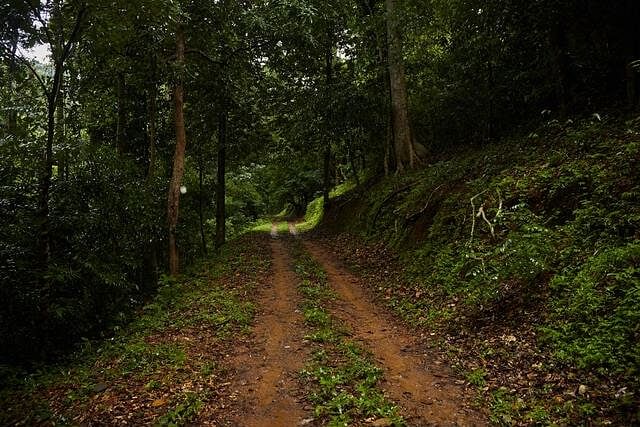
Suggested read: 15 Offbeat Places In Kerala: Explore The Unexplored
Other Things To Do in Silent Valley in Kerala
1. Wildlife Encounters:
2. Guided Treks:
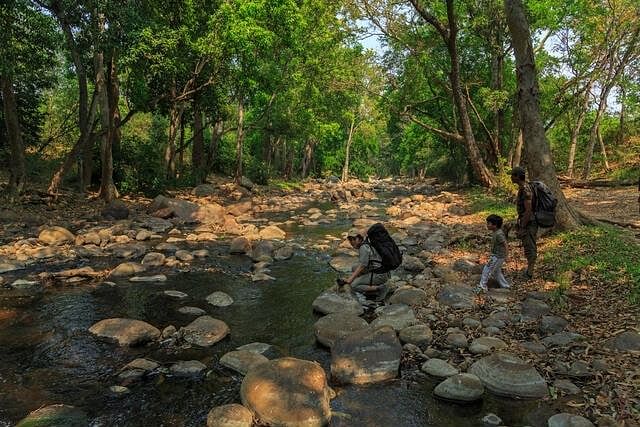
3. Nature Interpretation Centers:
4. Nature Sketching and Painting Workshops:

5. Environmental Talks and Seminars:
6. Traditional Cultural Performances:
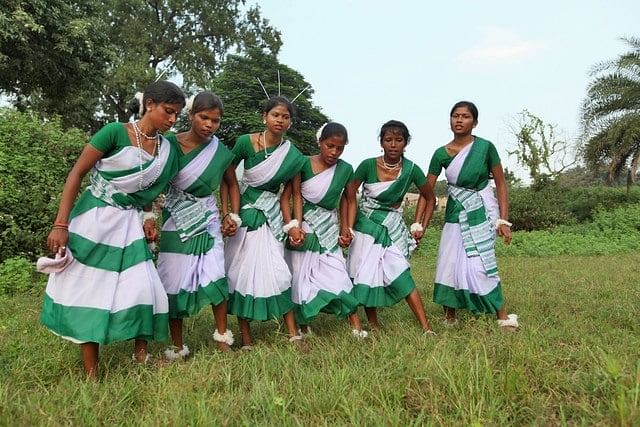
7. Eco-friendly Accommodations:
8. Volunteer Conservation Projects:

9. Adventure Photography Expeditions:
10. Night Camping and Nature Immersion:
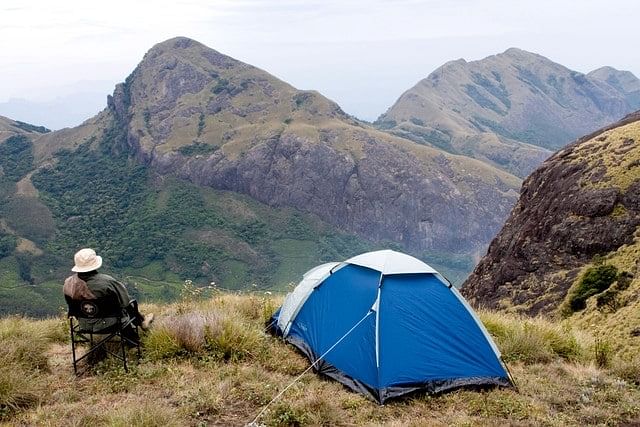
Suggested read: Authentic Delight 2024: 18 Must-Try Places To Eat In Kerala
Step-by-Step Guide to Visit the Silent Valley National Park
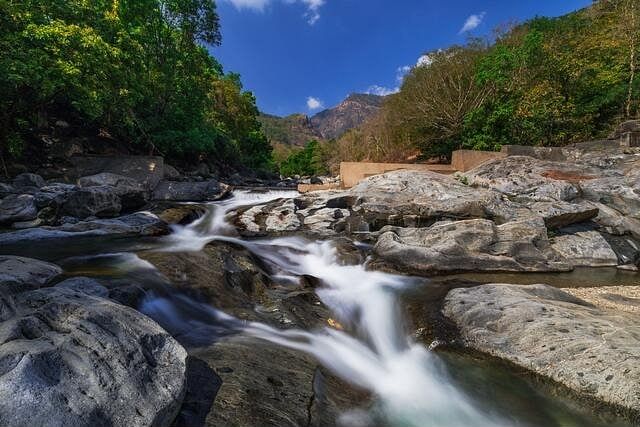
1. Your Trip:
2. Obtain Necessary Permits:
3. Travel to Palakkad District:
4. Reach Mukkali:
5. Entry Point Formalities:
6. Accommodation Options:
7. Guided Tours and Activities:
8. Respect Park Regulations:
9. Enjoy Your Experience:
Suggested read: Kerala Travel Tips For An Enriching Vacation In 2024
“Best Time to Visit in kerala”: Making the Most of the Season
Post-Monsoon Season (September to March):
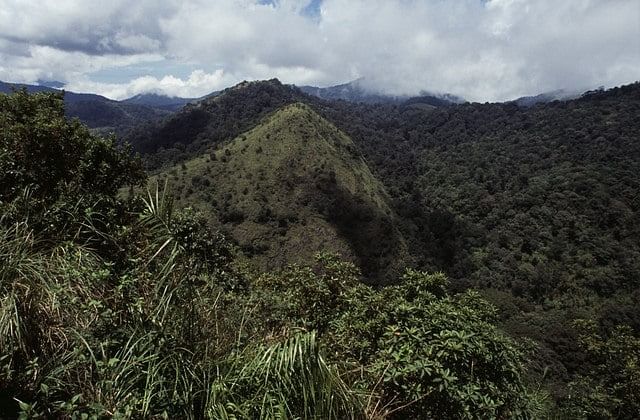
Weather:
The post-monsoon months of September to March in Kerala are considered the best time to visit Silent Valley National Park. During this period, the weather is relatively mild and pleasant, with cooler temperatures compared to the summer months. The days are generally sunny, making it ideal for outdoor activities such as trekking and wildlife spotting.
Flora and Fauna:
One of the highlights of visiting during the post-monsoon season is the lush greenery and vibrant vegetation that blankets the park. The rains rejuvenate the forests, resulting in lush landscapes, blooming flowers, and increased wildlife activity. It’s an excellent time for birdwatching, as many species are actively breeding and nesting.
Wildlife Sightings:
Wildlife sightings are more frequent during the post-monsoon season, as animals venture out to forage for food and water. Visitors may have the opportunity to spot a variety of wildlife, including elephants, deer, langurs, Malabar giant squirrels, and an array of bird species.
Waterfalls:
The post-monsoon season is when the waterfalls within Silent Valley National Park are at their majestic best. The increased rainfall leads to higher water levels, creating spectacular cascades such as the Sairandhri Falls and Kunthipuzha Falls, offering stunning photographic opportunities.
Trekking Conditions:
Trekking conditions are favorable during the post-monsoon season, with clear trails, moderate temperatures, and reduced risk of heavy rains. Trekkers can explore the park’s diverse landscapes, from dense forests to grasslands, and enjoy panoramic views from elevated vantage points.
Pre-Monsoon Season (April to June):
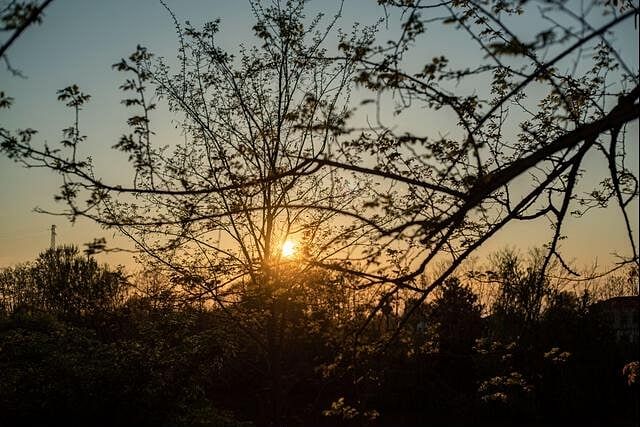
Weather:
The pre-monsoon months of April to June in Kerala mark the summer season in Silent Valley National Park. While daytime temperatures can be warm and humid, the park experiences occasional showers and cooler evenings.
Flora and Fauna:
The summer months bring forth a different aspect of the park’s flora and fauna. While the forests may appear drier compared to the post-monsoon season, it’s a great time to observe certain species of trees in bloom and flowering plants that attract pollinators.
Wildlife Activity:
Wildlife sightings may vary during the summer months, with animals often seeking shade and water sources to beat the heat. Early morning and late afternoon are optimal times for wildlife spotting, especially near water bodies.
Less Crowded:
The pre-monsoon season typically sees fewer visitors compared to the peak tourist season, making it a quieter and more peaceful time to explore the park’s trails and enjoy its natural beauty.
Monsoon Season (July to August):
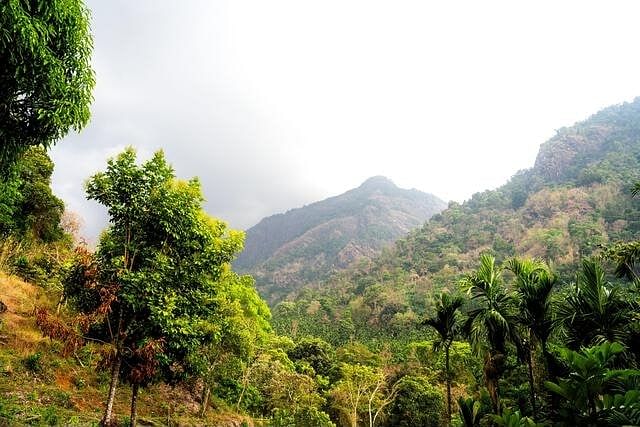
Weather:
The monsoon season from July to August brings heavy rainfall to Silent Valley National Park, resulting in lush greenery, swollen rivers, and mist-covered landscapes. While the park remains open, visitors should be prepared for frequent rains and slippery trails.
Flora and Fauna:
The monsoon season is a time of rejuvenation for the park’s ecosystems, with plants thriving and wildlife taking shelter amidst the verdant surroundings. It’s a great opportunity to witness the park in its full splendor, but outdoor activities may be limited due to weather conditions.
Photography Opportunities:
Despite the rains, the monsoon season offers unique photography opportunities, with misty landscapes, rain-soaked flora, and dramatic waterfalls creating captivating scenes. Photographers can capture the park’s ethereal beauty during this time.
Limited Activities:
Due to safety concerns and slippery trails, trekking and outdoor activities are generally limited during the monsoon season. Visitors should exercise caution and follow park guidelines if exploring the park during this time.
Overall, the best time to visit Silent Valley National Park is during the post-monsoon season from September to March, when the weather is pleasant, wildlife sightings are common, and the park is at its vibrant best. However, each season offers its own unique experiences, so visitors can choose the time that aligns best with their preferences and interests.
Suggested Read: Snake Boat Race In Kerala: Diving Into An Offbeat Keralite Experience
Location and How To Reach Silent Valley In Kerala?
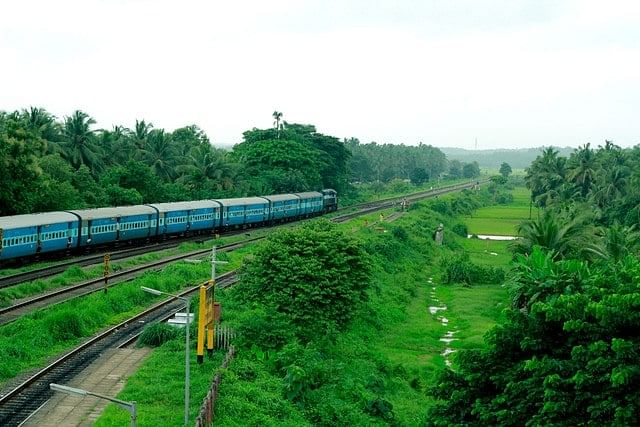
Silent Valley National Park is located roughly 80 kilometers northwest of Coimbatore, a major city in Tamil Nadu, and 40 kilometers southwest of Mannarkkad, a town in the Palakkad district. The park is primarily accessible through the small town of Mukkali, which serves as the park’s gateway and provides visitor services such as information centers, lodging, and guided tours.
- By Air: You can fly to Coimbatore, a major city in Tamil Nadu, located about 80 kilometers northeast of Silent Valley National Park. From there, you can take a taxi or bus to reach the park.
- By Train: You can take a train to Coimbatore or Mannarkkad. Coimbatore is a major railway junction, while Mannarkkad is a town in the Palakkad district. From either of these places, you can hire a taxi or take a bus to Mukkali, the gateway to Silent Valley National Park.
- By Road: You can drive or take a bus to Mukkali, a small town that serves as the primary entry point to Silent Valley National Park. Mukkali is approximately 40 kilometers southwest of Mannarkkad in the Palakkad district. Once you reach Mukkali, you can access visitor services such as information centers, lodging, and guided tours within the park
Geographic Coordinates and Biosphere Reserve
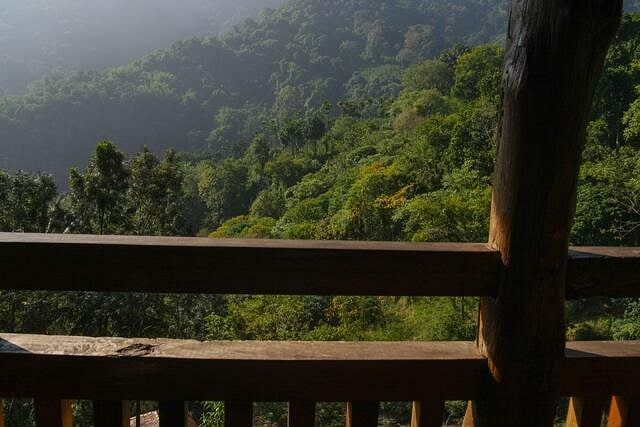
Silent Valley National Park’s location in the Western Ghats makes it a biodiversity hotspot, with the region known for its unique ecosystems, endemic species, and critical habitats. The park’s strategic location between the Nilgiri Hills and the Attappadi Reserve Forests adds to its ecological significance, creating a transition zone for diverse flora and fauna to thrive.
What Makes Silent Valley National Park So Exceptional?
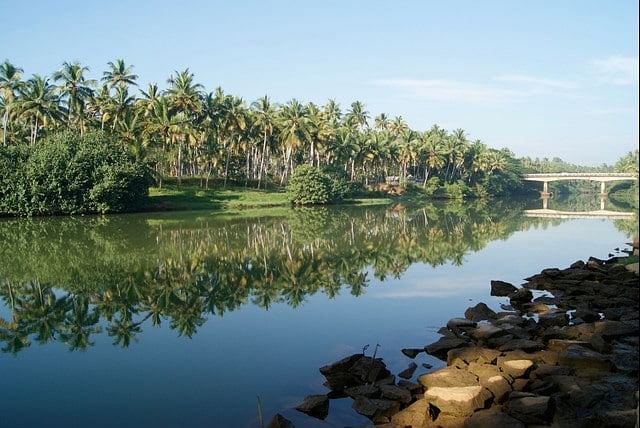
Each experience in Silent Valley is like a special painting made by nature itself. Moreover, Silent Valley’s significance extends beyond its physical boundaries. It serves as a beacon of hope and inspiration for conservation efforts worldwide, showcasing what can be achieved when dedication and respect for nature converge.
Silent Valley National Park is a sanctuary of natural wonders nestled within the Western Ghats of India. What makes this park truly remarkable is not just its undisturbed tropical rainforest or its unique biodiversity, but also its role as a living laboratory of evolution and ecological resilience.
The park’s ancient rainforests, dating back millions of years, offer a glimpse into the evolutionary history of flora and fauna. Within its dense canopy, one can find a treasure trove of plant species, including rare orchids, towering trees, and medicinal plants with untold secrets waiting to be discovered. These plants have evolved complex adaptations over time, showcasing nature’s ingenuity in survival and adaptation.
Suggested Read: A Gastronomic Journey Of The Best Dishes In Kerala Cuisine
Preserving the Ecological Gem: Silent Valley’s Vital Role
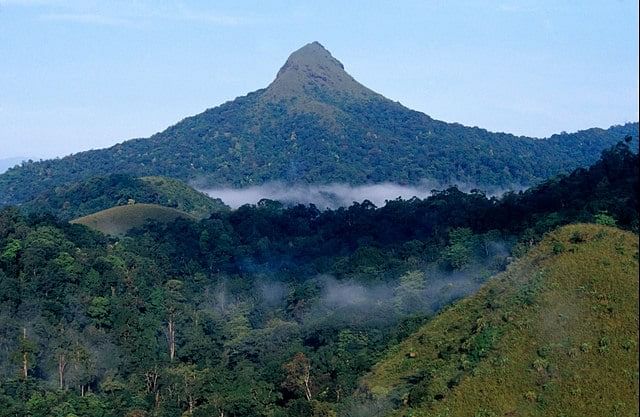
Amidst global environmental challenges, Silent Valley emerges as a resilient ecosystem, demonstrating nature’s remarkable ability to withstand adversity. Its intact rainforest ecosystems act as crucial carbon sinks, mitigating the impacts of climate change and contributing to the planet’s ecological equilibrium.
Silent Valley holds a special significance among India’s protected areas due to its unique features and ecological balance. As one of the last undisturbed tropical rainforests in the Western Ghats, the park provides a sanctuary for countless rare and endemic species, safeguarding their habitats from human interference. Its rugged terrain and remote location serve as natural barriers, ensuring the preservation of its biodiversity amidst the encroachment of human activity.
Furthermore, Silent Valley’s role extends beyond species conservation; it plays a vital role in maintaining essential ecological processes crucial for the functioning of the Western Ghats ecosystem. By protecting seed dispersal, pollination, and nutrient cycling, the park sustains the region’s overall ecological integrity and resilience in the face of environmental change.
In essence, Silent Valley National Park encapsulates the essence of an ancient, undisturbed wilderness, offering a beacon of hope for conservation efforts worldwide. Its pristine rainforests, diverse biodiversity, and preservation of key ecological processes underscore its significance as a natural heritage that must be cherished and protected for generations to come.
In short, Silent Valley National Park in Kerala is a remarkable testament to the wonders of nature and the importance of conservation. Its pristine rainforests, diverse wildlife, and crucial ecological processes make it a sanctuary of immense value. As we explore its beauty, we are reminded of our responsibility to protect and preserve such precious ecosystems for future generations. Silent Valley serves as a beacon of hope and inspiration for conservation efforts worldwide, highlighting the need to cherish and safeguard our natural heritage for years to come.
Get exclusive travel insights & updates into your inbox!
*By clicking subscribe you'll receive emails from WanderOn.

Shrutika Parab
★★★★★24 May 2024
“Thank you Team Wanderon for the amazing Ladakh Experience. Right from the point of making the bookings with Mr. Chakshu to the point of completion of the trip received amicable support.
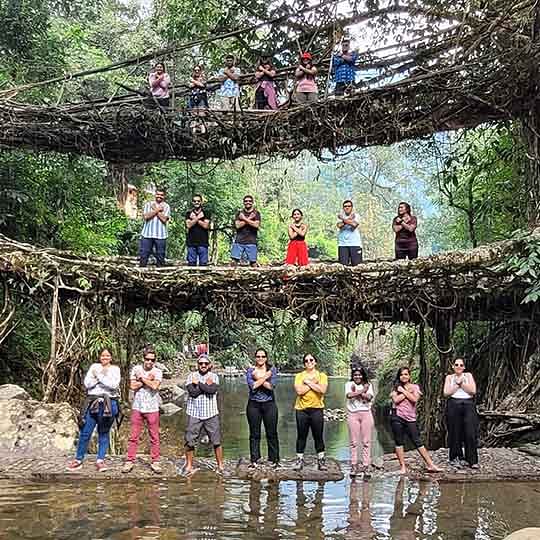
Sonal Shekhar Dash
★★★★★9 May 2024
“I did my first solo trip in India with WanderOn. Initially I was sceptical about their Meghalaya-Kaziranga trip as I didn't have any prior experience with them but the team assured me that it's going to be one of the best experiences of my life.

Archana Awati
★★★★★30 Apr 2024
“In Ladakh, find the perfect blend of culture, adventure, and serenity. December last year I decided that my next trip would be Ladakh but didn’t know how to go about it. I knew I wanted to travel in a group, as I had prior experiences of traveling in a group but wanted an organiser I could trust. Ladakh isn’t like other destinations wherein you need some instructions due to the high altitudes.
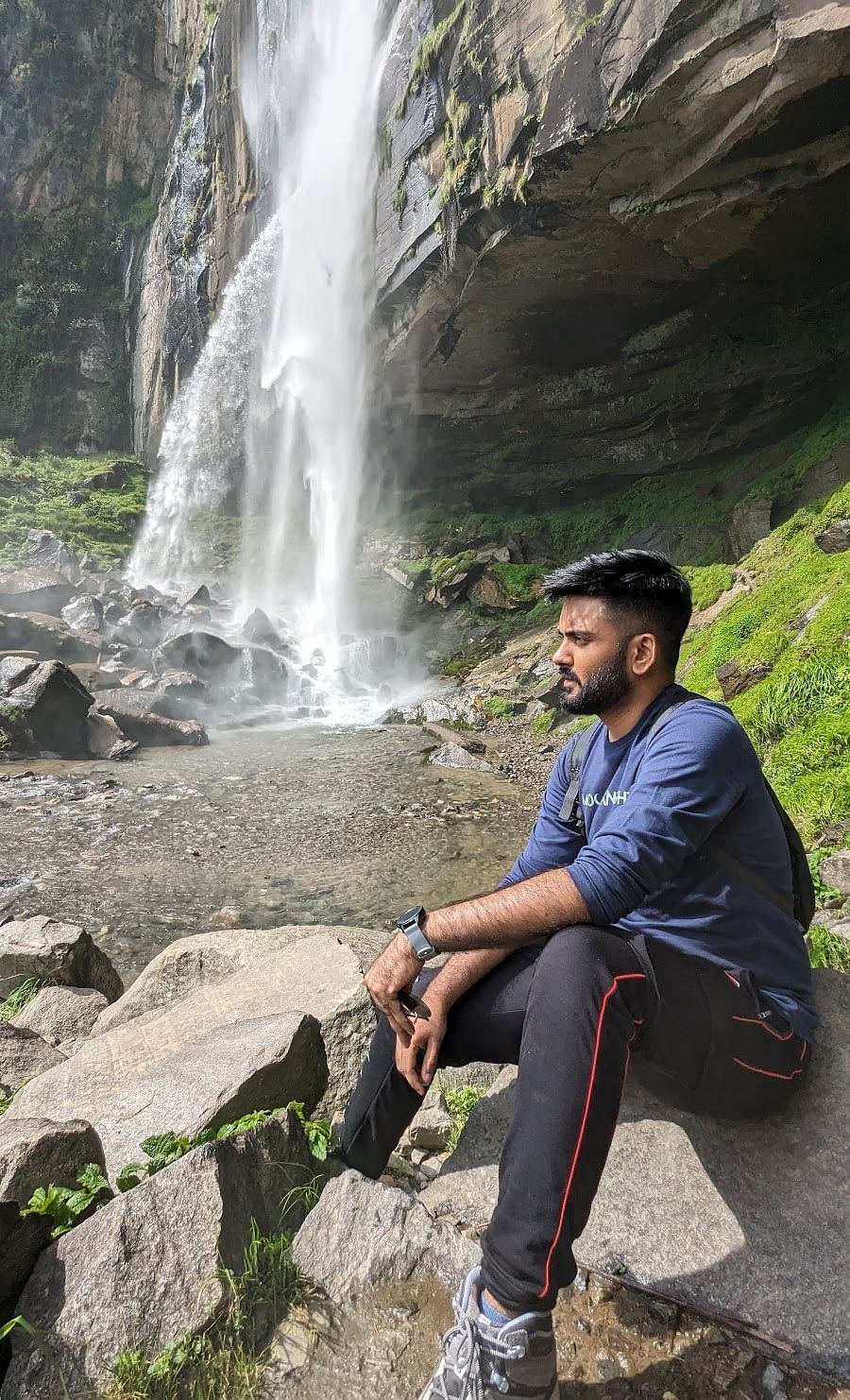
Kartik Dilawari
★★★★★4 Jul 2024
“After an amazing trip to Tirthan with WanderOn, I decided to go to Manali-Jispa with them and yet again, the experience was worth every penny. The place was very beautiful and the quality of service was top-notch, the itinerary was very good and the quality of transportation and stays were very good. Had an awesome time there and made some good friends as well. Lastly, our trip captains Priyasha and Rachit managed the entire trip very well and were so fun and made our trip an experience worth remembering.
FAQ'S
01
Where is Silent Valley National Park located?
Silent Valley National Park is located in the Palakkad district of Kerala, India’s southwestern state. It is situated in the northeastern part of the district, near the Tamil Nadu border, within the Nilgiri Hills, which are part of the Western Ghats mountain range.
02
How do I get to Silent Valley National Park?
03
What can I expect to see at Silent Valley National Park?
04
Are there any guided tours available at Silent Valley National Park?
WanderOn Special

WANDERON EXPERIENCES PVT LTD
3rd Floor, Building No-436, Phase IV, Udyog Vihar, Sector-18, Gurugram, Haryana-122015


